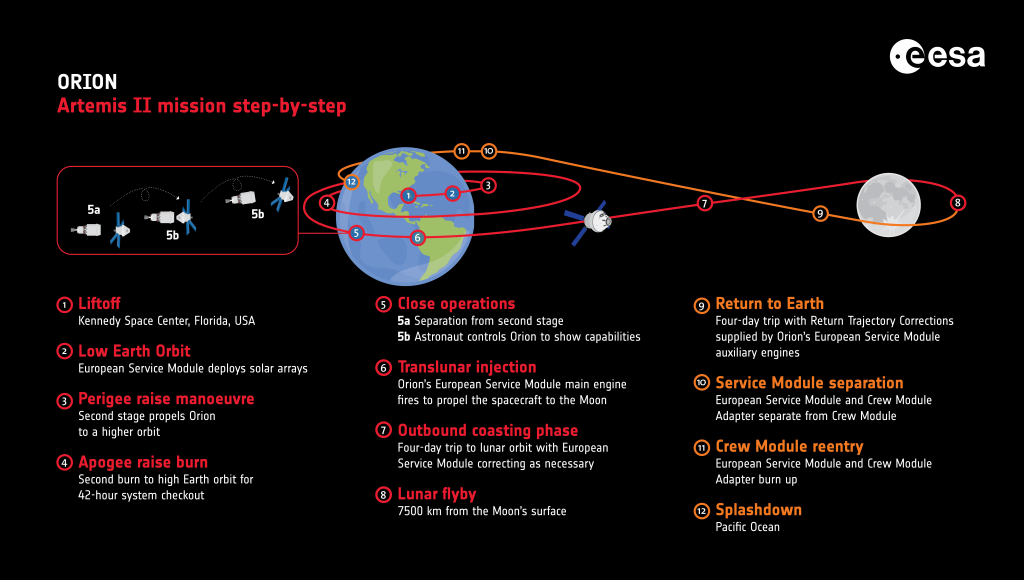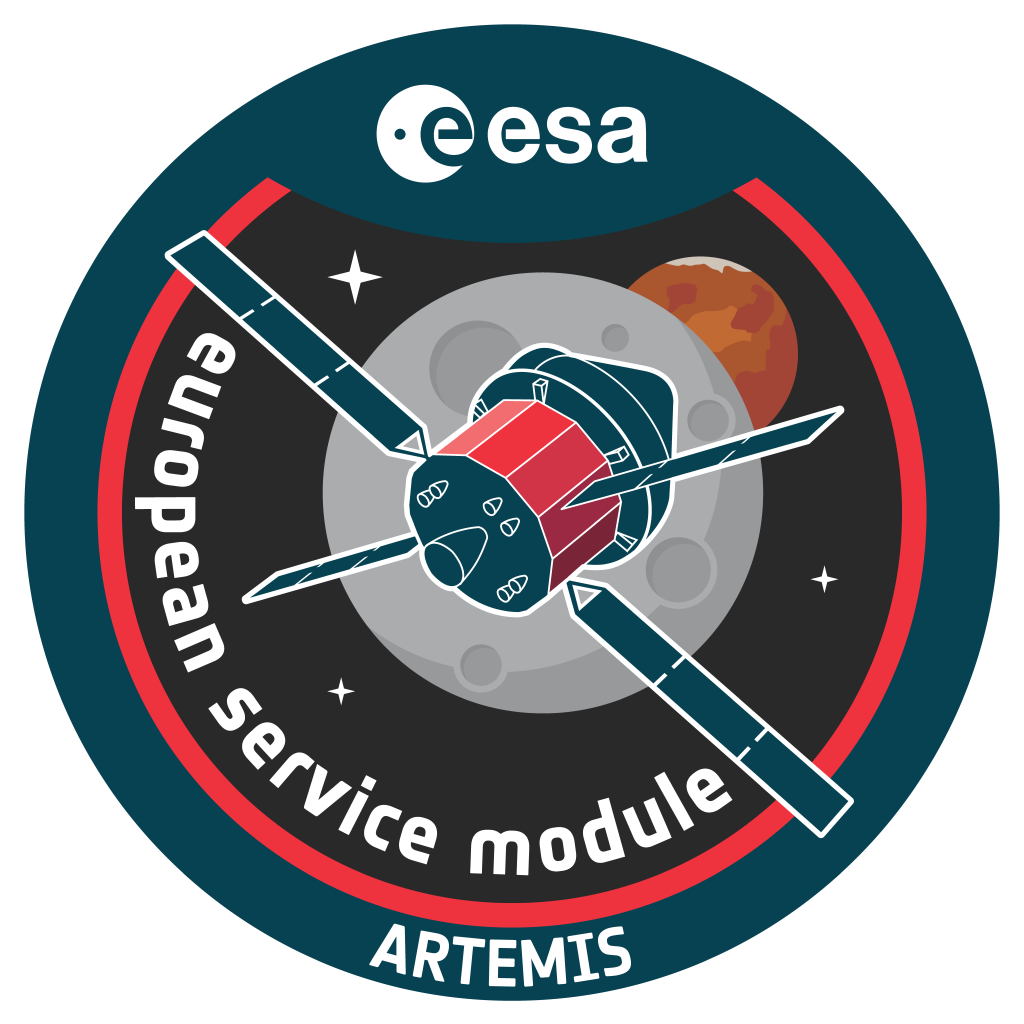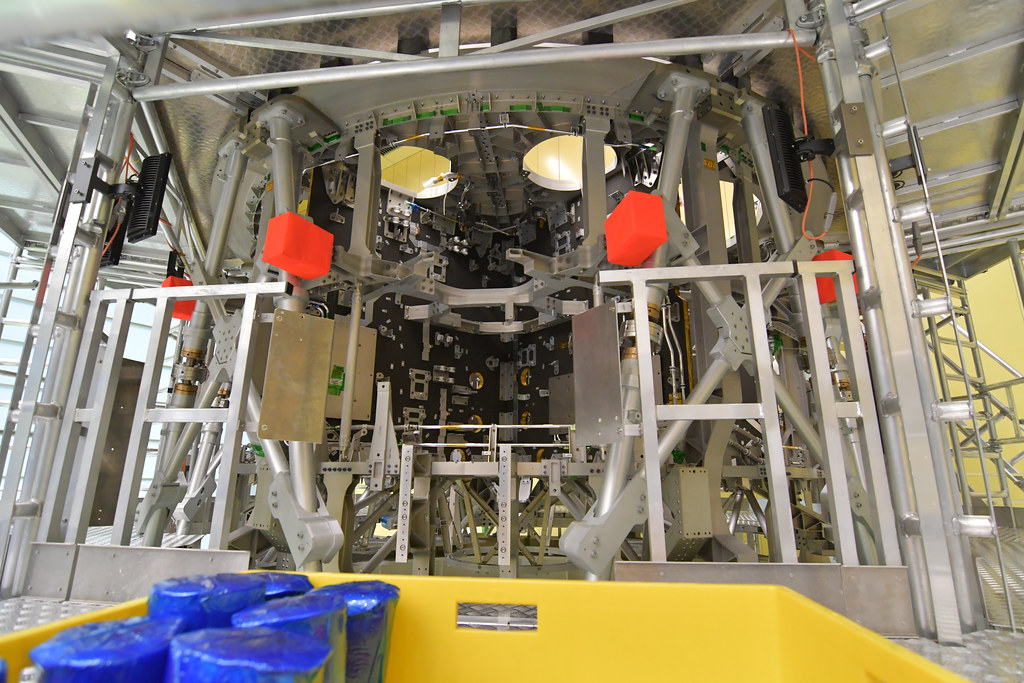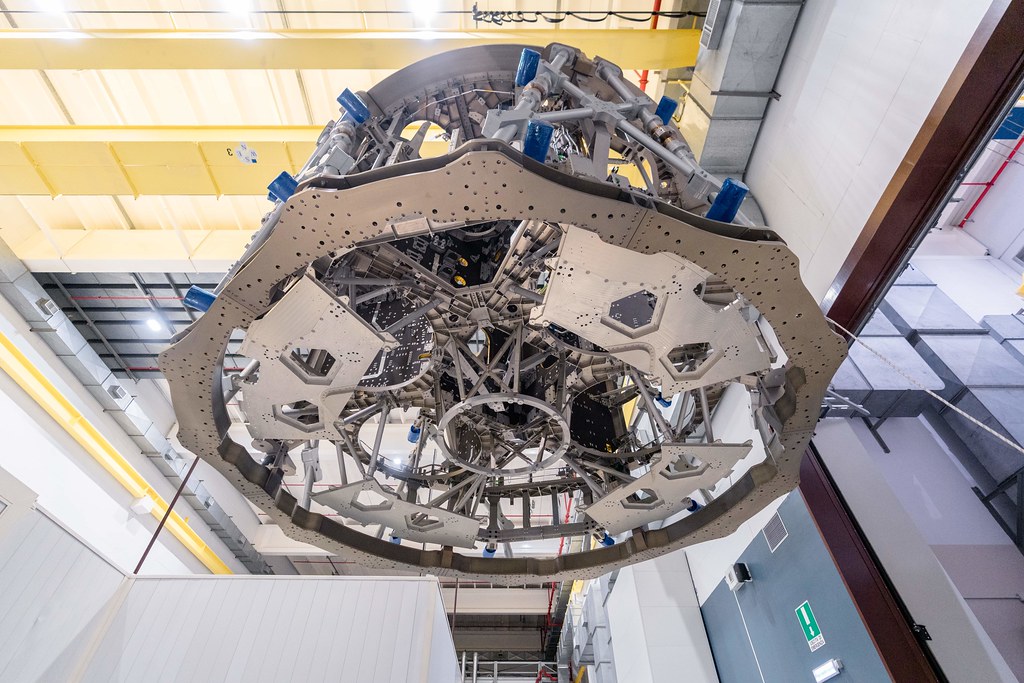One
We traditionally start a new year with a look at what happened and what’s to come in the world of lunar exploration for the European Service Module’s powering Orion. 2022 was a special year for Artemis as we saw the launch and return of the first Orion – much has been written about this, but this video provides a great one-minute summary of the mission:
In addition, 2022 saw the arrival of the fourth and fifth European Service module frame – to make the Orion spacecraft that will ferry astronauts to land on the Moon, as well as the first European Gateway module. Work continued at NASA’s Kennedy Space Center in Florida, USA, for the testing and integration of the second European Service Module with its Crew Mating Adatper. Meanwhile back in Europe, the third European Service Module continued to be built up installing all the hardware.
2023
Two
The second European Service Module for Artemis II continued integration at NASA’s Kennedy Space Center in 2022 and this year will see the module qualified, pass the acceptance review and ownership formally transferred to NASA. Next steps will be finalising the mating adapter integration and connecting it to the crew module, completing the full Orion spacecraft. Still in 2023, the second Orion spacecraft will be handed over to NASA’s Exploration Ground Systems to begin launch preparations, on to Artemis II!
Artemis II will see astronauts fly in Orion around the Moon in a more straightforward mission to take the spacecraft for a spin with humans inside. The astronauts are still to be announced but they can expect a two-week mission flying to and around the Moon, and back to Earth, demonstrating the spacecraft’s capabilities along the way.

Three
Meanwhile in Europe, the third European Service Module is being built in Bremen, Germany, at the Airbus integration hall. The work is expected to be finished in the Summer and shipping to USA later in the year.
Shortly after the European Service Module-3 arrives at NASA’s Kennedy Space Center it will start integration with Orion’s Crew Module Adapter, following the production line of the second spacecraft.
This European Service Module is scheduled to bring astronauts to the first Moon landing in over half a century.
Four
Work has already started on the fourth European Service Module that is next to its older sibling in Bremen. Installing all the thousands of components into the structure takes time, the hardware and cables will supply water, oxygen, fuel, temperature control and thrust to take astronauts to the lunar Gateway, on to a Moon landing, as well as bring the first European Gateway module to join NASA’s NASA’s Habitation and Logistics Outpost module, HALO. The International Habitat, or I-Hab for short, will offer around 10 cubic meters of living space and, together with HALO, will provide enough room for up to four astronauts to stay for up to 90 days at a time. Shipment of this fourth European Module for Artemis IV is set to follow the cadence of an Artemis mission each year.
Five
The fifth European Service Module structure is ready at Airbus in Bremen and will start being integrated in 2023. The primary structures for the European Service Modules are formed by Thales Alenia Space in Turin, Italy.
Six
With this production line, working round the clock on two sides of the Atlantic Ocean in parallel on four Orion spacecraft at the same time, the next service module to start will be six. The primary structure for European Service Module-6 will start to take shape in Turin, Italy, in 2023.
Seven, eight and nine
NASA and ESA are preparing for more missions and work is progressing for a work order to build the next batch of three European Service Modules. No physical hardware yet, but the designers, lawyers and financial controllers are working out a package and signature for the European Service Modules 7, 8 and 9 that is foreseen to be finalised in 2023 too. The seventh European Service Module will be the first with a new main engine. Currently the European Service Module’s are using previously flown Space Shuttle engines, but for number seven a new spacecraft engine will be developed.







 Automated Transfer Vehicle page
Automated Transfer Vehicle page ATV blog archive
ATV blog archive
Discussion: no comments